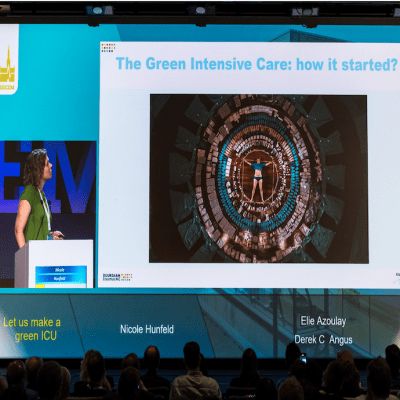Sepsis affects millions of individuals every year. It carries a high risk of death, even if prompt care is provided.
It has been decades, and no new therapies for sepsis have been discovered. A major barrier to progress in this area has been the overly broad definition for this syndrome. Sepsis has a vast array of clinical and biological features, and these features can be clustered in different combinations into different subsets or phenotypes. So far, efforts to identify these phenotypes have been quite limited, and most of the focus has remained on patients in the intensive care unit.
The National Institutes of Health-funded Sepsis Endotyping in Emergency Care (SENACA) project was designed to develop and evaluate sepsis phenotypes. The primary goal of this project was to determine whether routine clinical information could be mathematically reduced to discrete, reproducible sepsis phenotypes. The secondary goal was to understand whether these different phenotypes were associated with patterns among biomarkers and clinical outcomes.
The investigators derived 4 clinical phenotypes of sepsis using routine clinical data at the time of hospital presentation. These phenotypes differed in demographics, laboratory abnormalities, and patterns of organ dysfunction. Phenotypes were derived among 20,189 patients who presented with sepsis within 6 hours of hospital presentation.Of the four phenotypes that were derived (α, β, γ, and δ), the α was the most common. The β phenotype was observed more in older patients with more chronic illness and renal dysfunction; the γ phenotype was found in patients with more inflammation and pulmonary dysfunction, and patients with the δ phenotype had more liver dysfunction and septic shock.
The δ phenotype was found to be strongly correlated with abnormal values of host-response biomarkers and was associated with cardiovascular and liver dysfunction. The δ phenotype also had the greatest proportion of intraabdominal infections. The α phenotype had fewer abnormalities and less septic shock.
By using these phenotypes, it is possible to identify subsets of patients that are most likely to benefit from particular immunomodulation strategies. These findings show that sepsis is a heterogeneous syndrome and that the identification of specific clinical phenotypes could allow more precise therapy and improved care for patients with sepsis. It is thus important to characterise the heterogeneity of sepsis when determining actions to treat it.
Source: JAMA
Image Credit: iStock
References:
Seymour CW, Kennedy JN, Wang, S et al. (2019) Derivation, Validation, and Potential Treatment Implications of Novel Clinical Phenotypes for Sepsis. JAMA. doi:10.1001/jama.2019.5791
Latest Articles
Sepsis, ICU, phenotypes, immunomodulation strategies
Four novel clinical phenotypes of sepsis were identified that could potentially allow more precise therapy and improve care for sepsis.



























